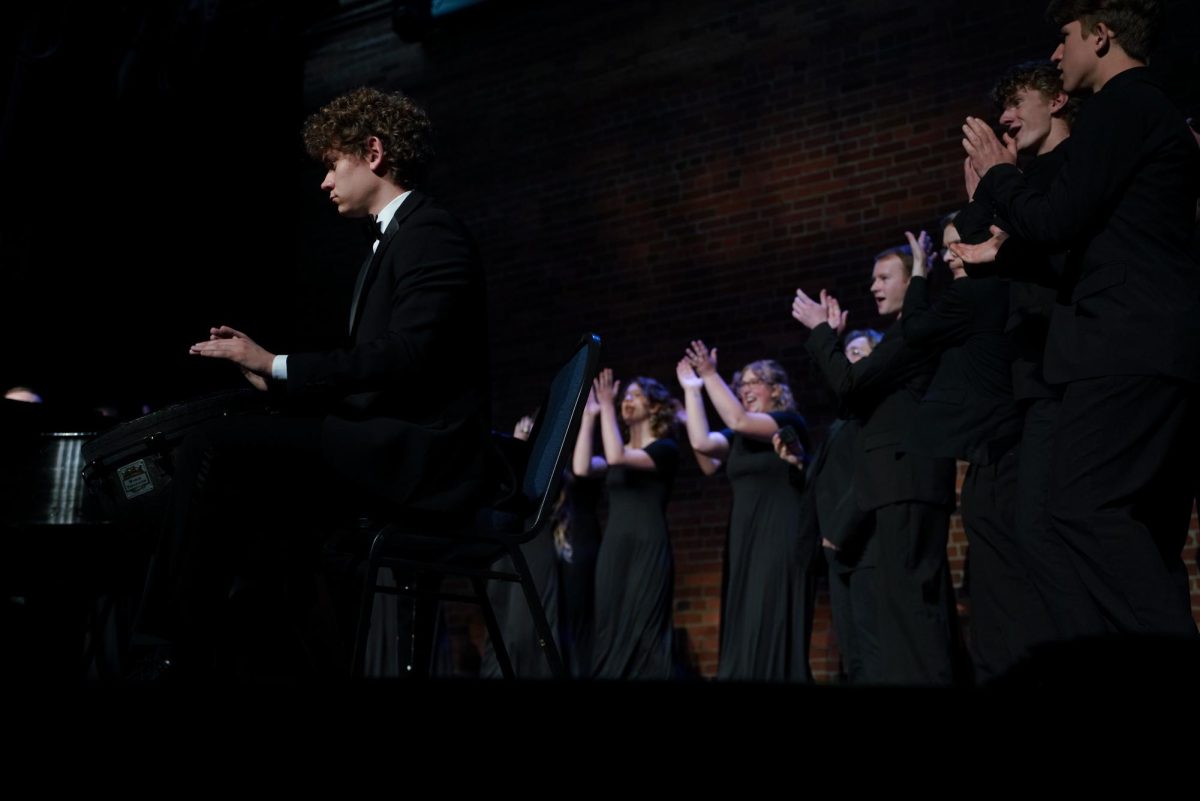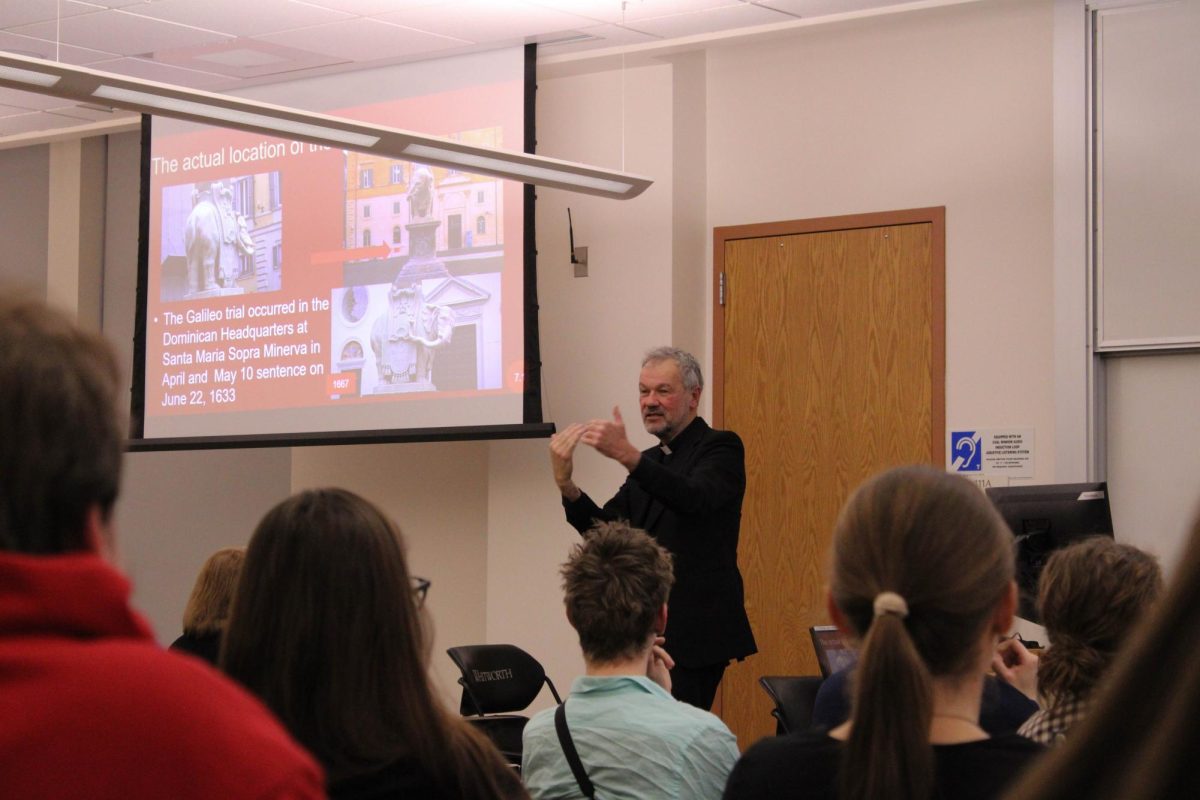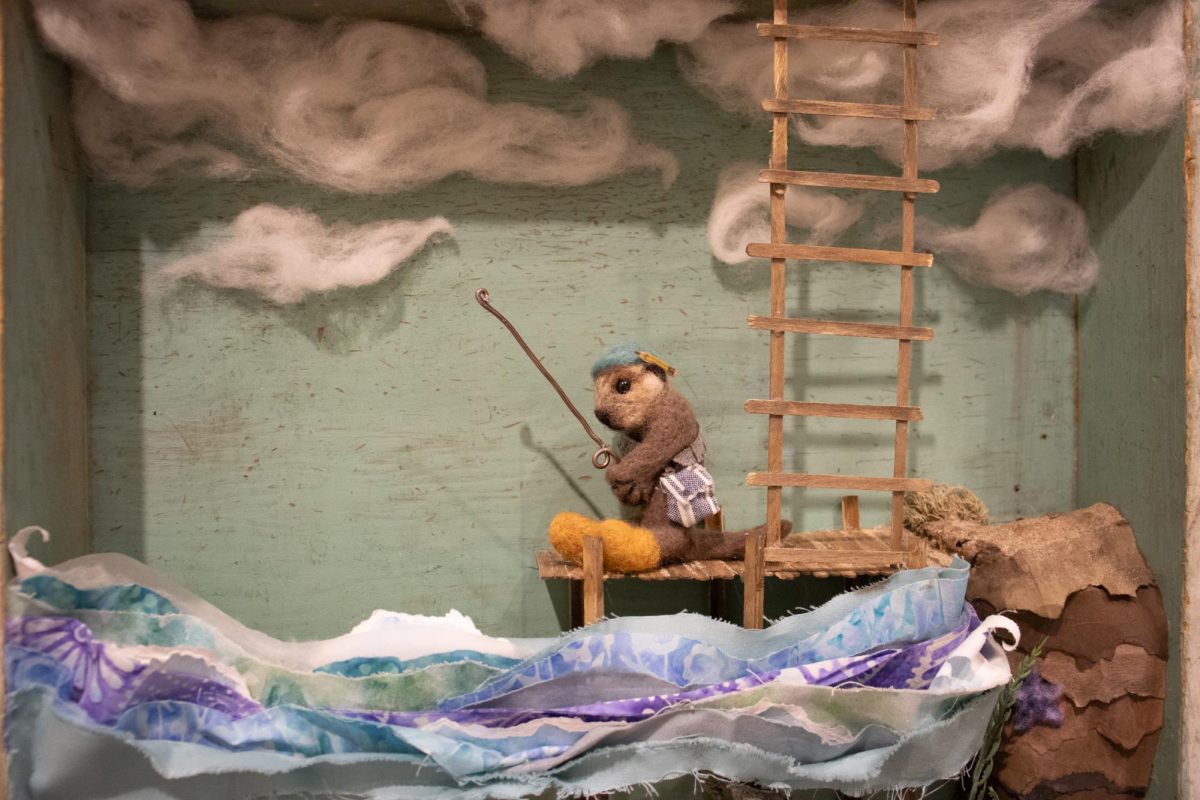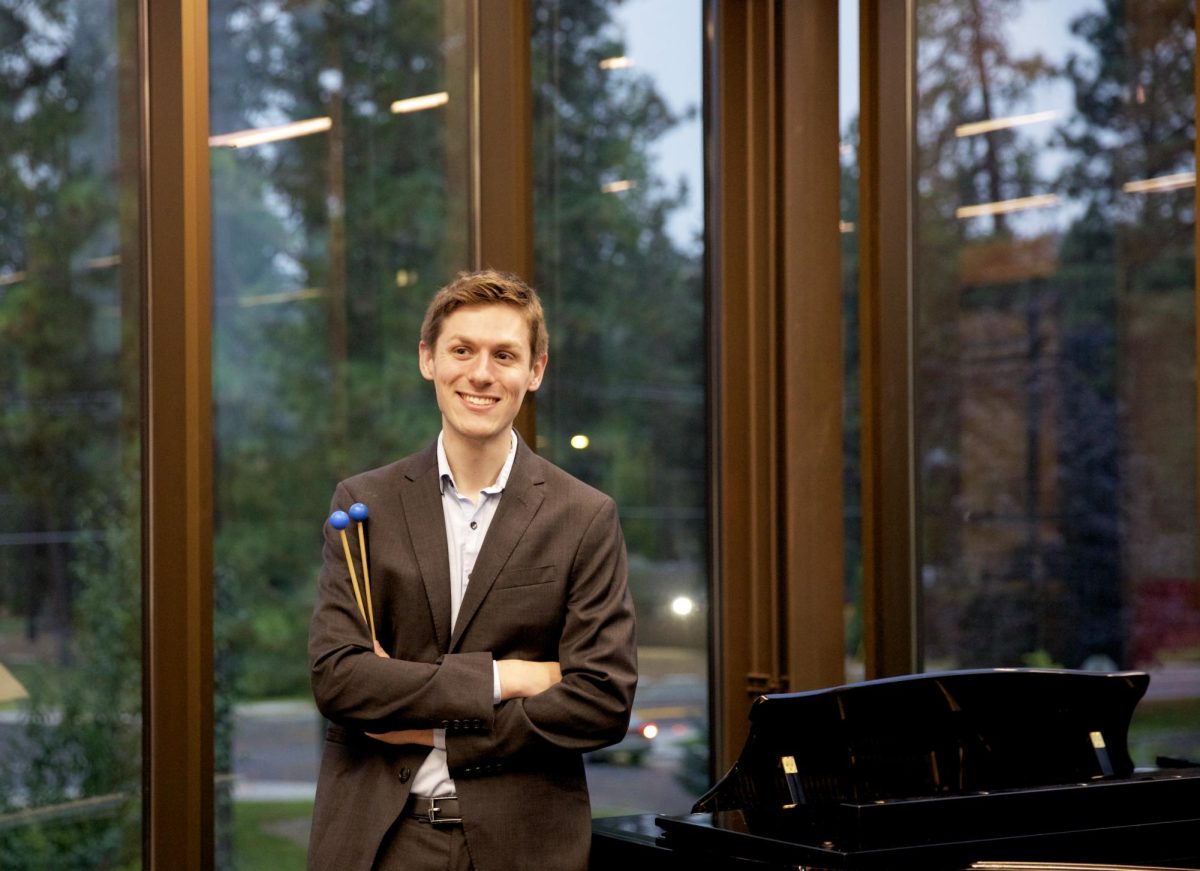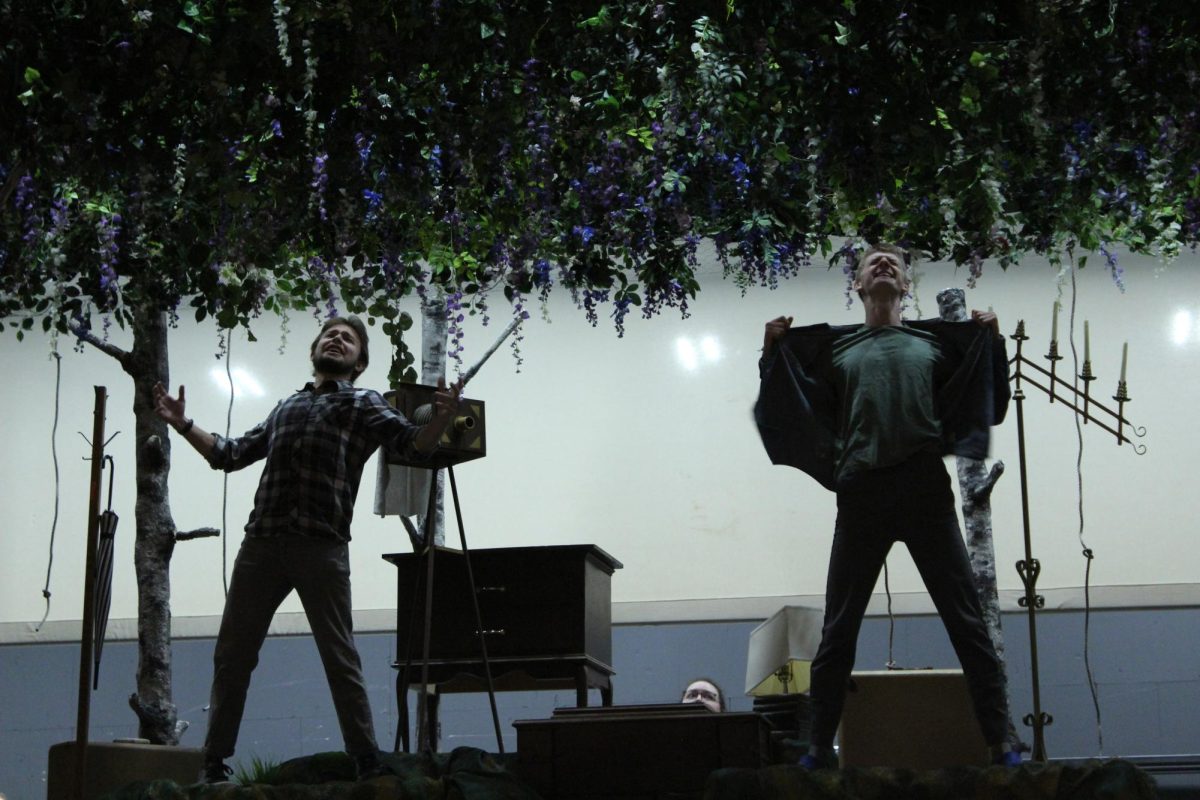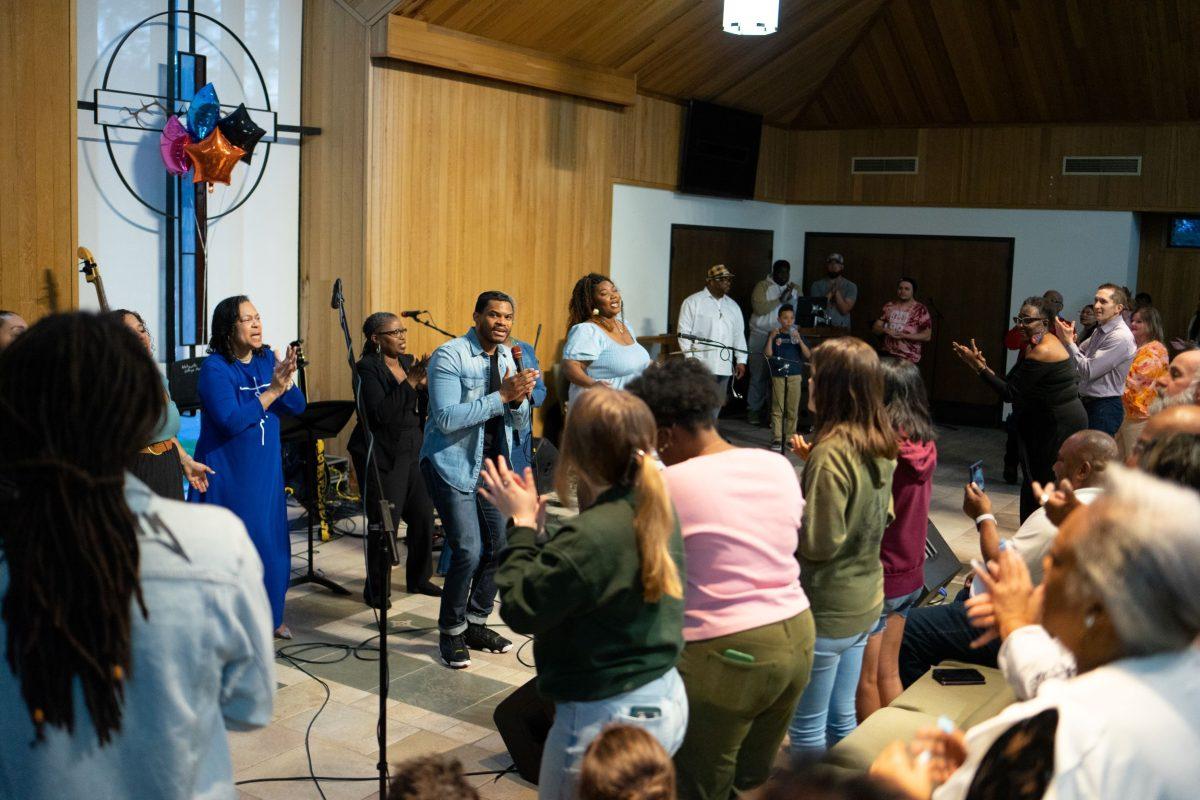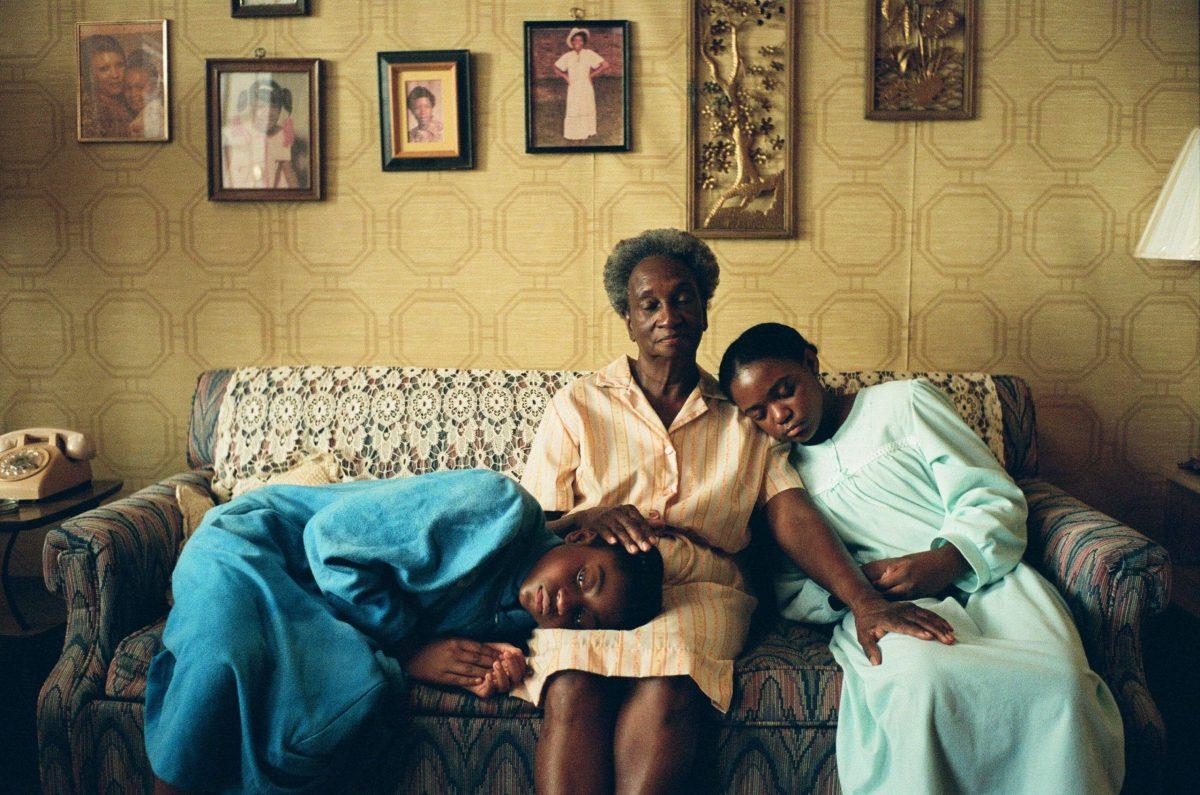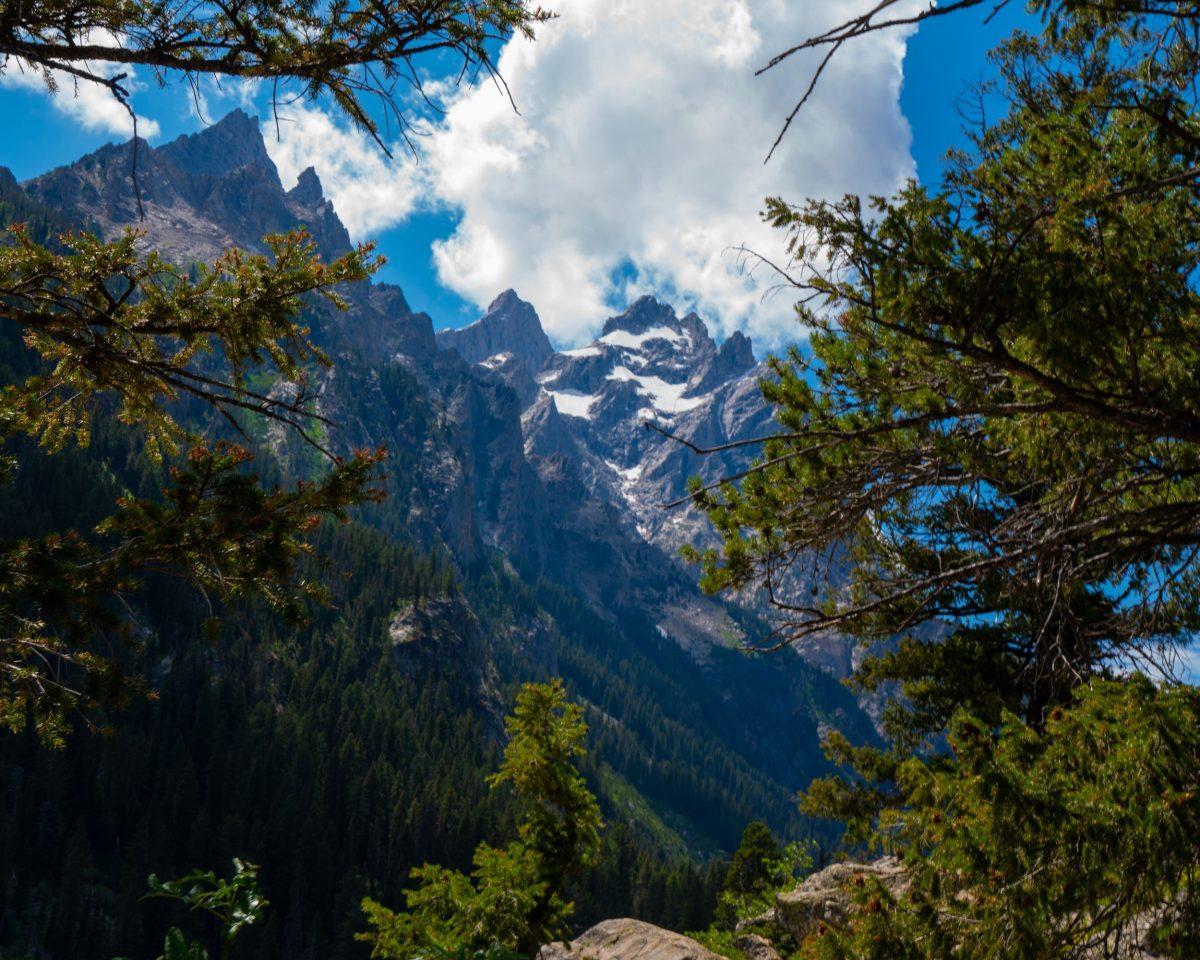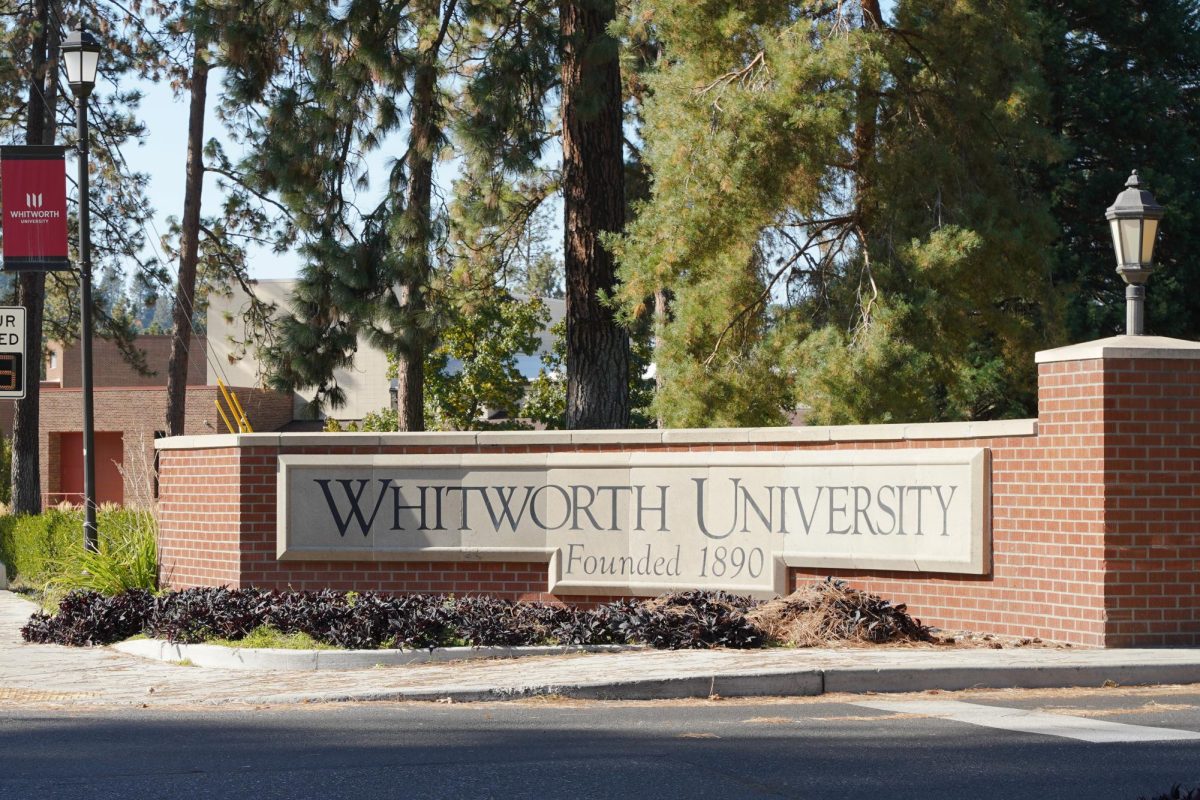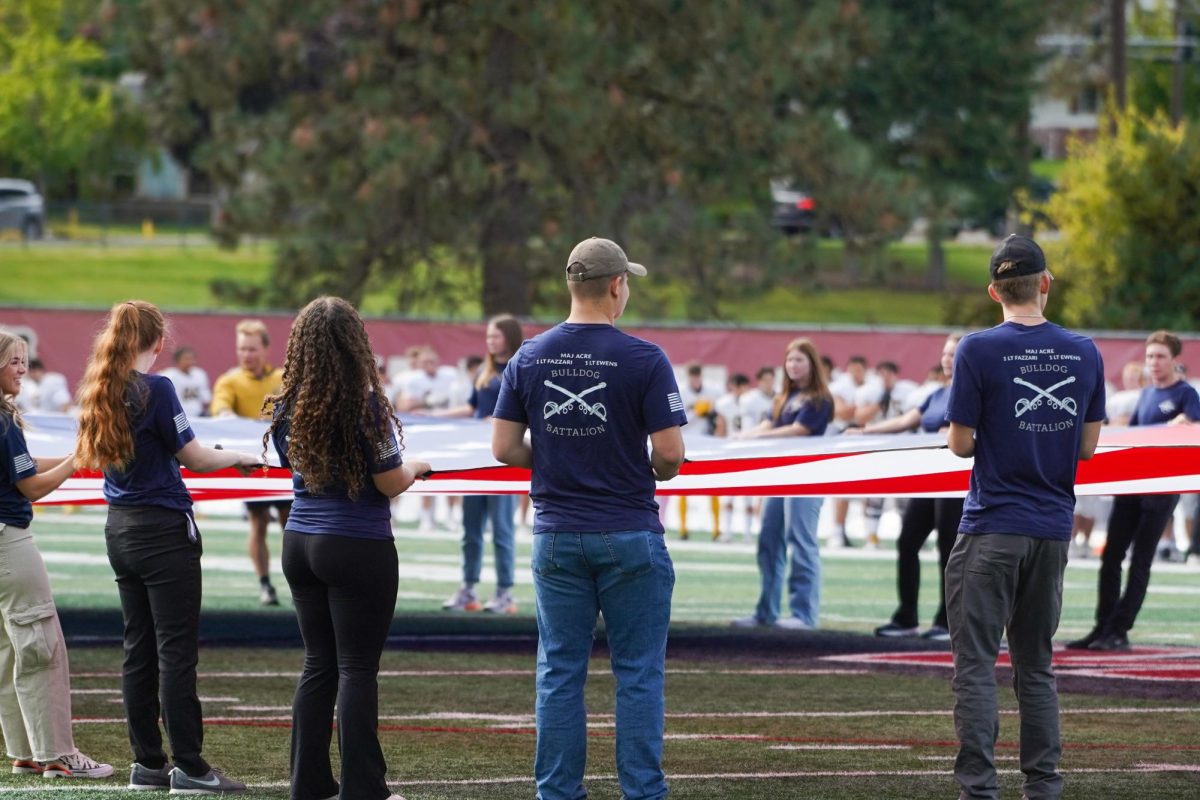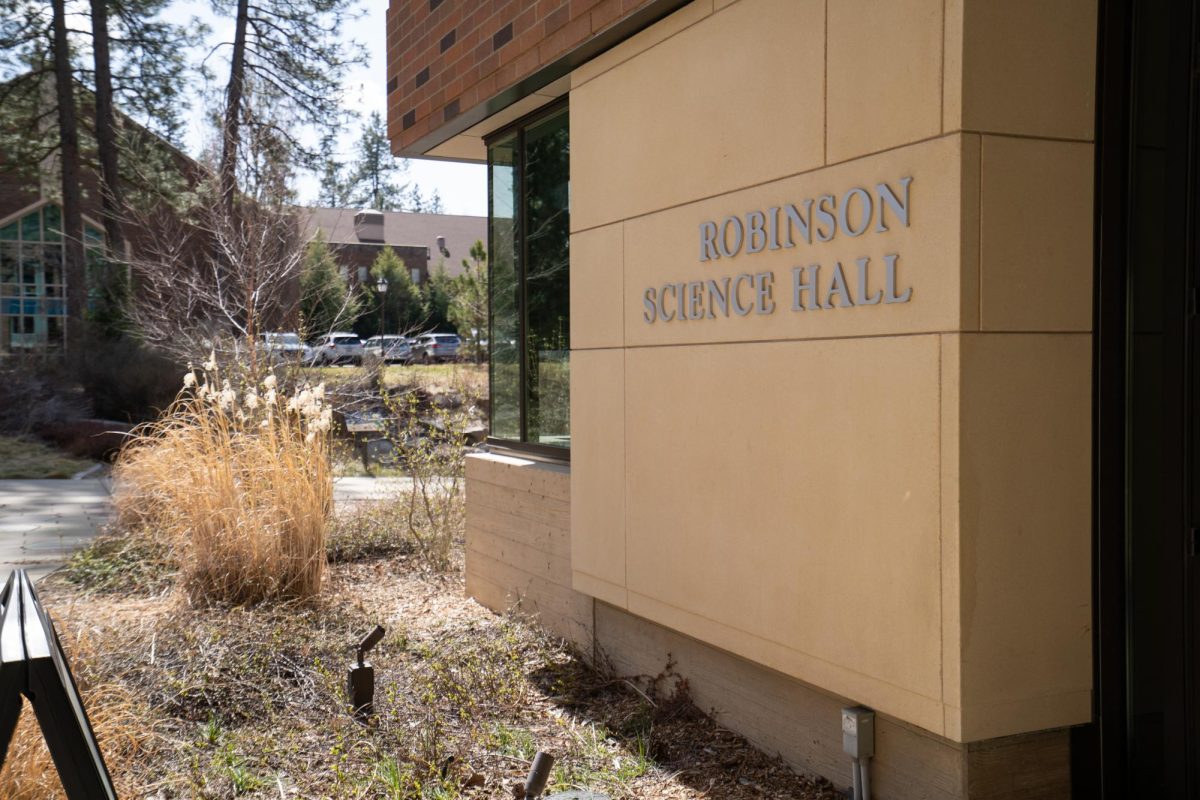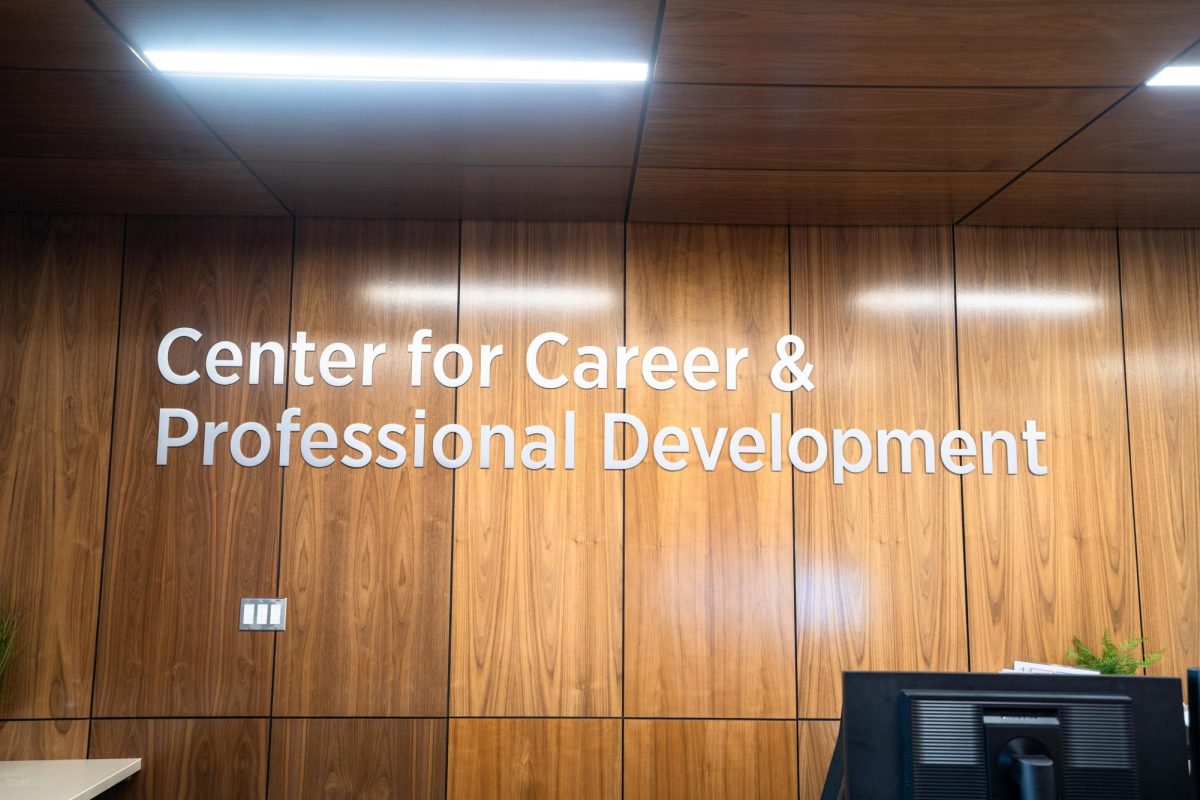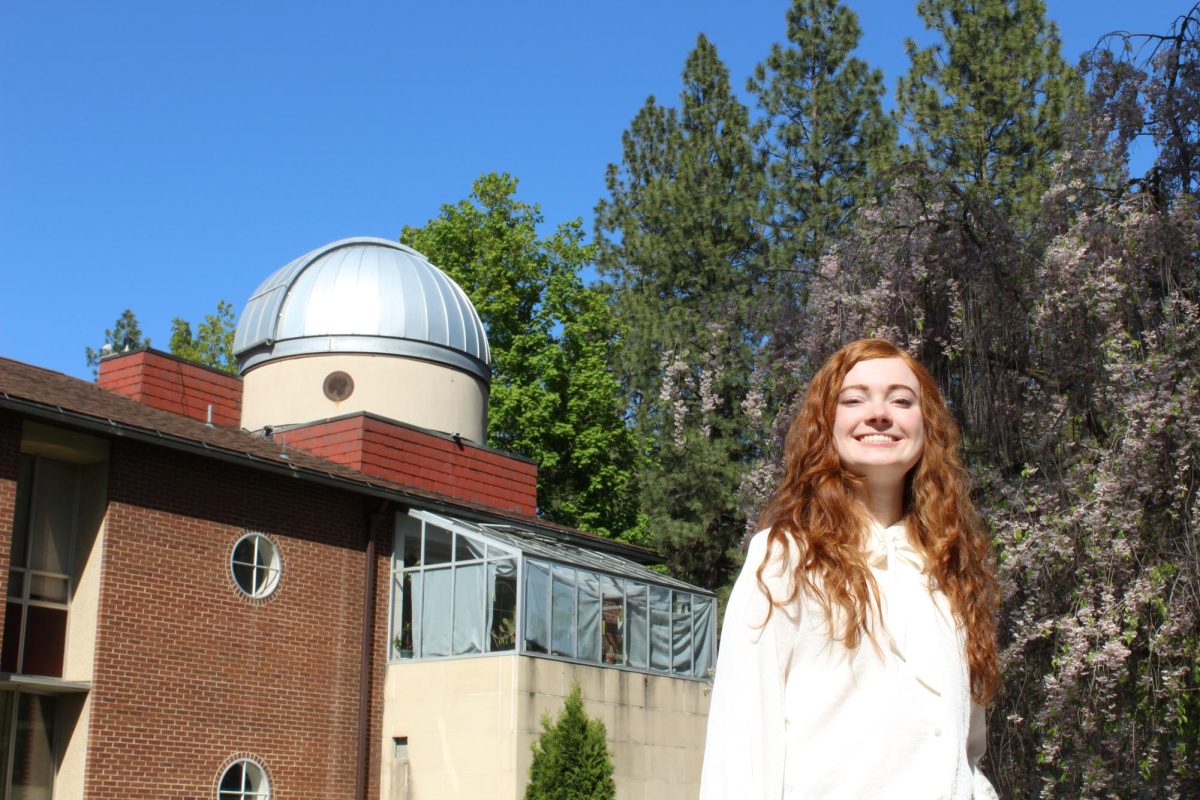by: Jenna Bunescu

The release of “Dune: Part Two” showcased the franchise’s excellence, exceeding expectations for book adaptations and sets a new standard for 2024’s cinematic storytelling. With its immersive cinematography and expert narrative, it delivers an unparalleled experience, honoring Frank Herbert’s saga with richness and depth.
While “Dune: Part One” laid out all the pieces of the puzzle, “Dune: Part Two” put the pieces together elegantly. The first part left many confused as it lacked coherence due to the director, Denis Villeneuve, focusing more on cinematography rather than dialogue and plot progression. However, “Dune: Part Two” blessed its audience with plenty of dialogue, especially in the Fremen language (so be ready to read a lot of subtitles). “Dune: Part Two” also included many action scenes that documented Paul Atreides’ endeavor to acclimate to and become integrated with the Fremen group. There is also more violence in “Dune: Part Two” than “Dune: Part One.”
Timothée Chalamet, who played Paul Atreides, is known for acting in a range of roles and having a talent for taking on characters with various personalities. In “Dune,” he showed his ability to skillfully portray a powerful leader. In “Dune: Part Two,” Paul navigated the treacherous sands of Arrakis on a task to learn the ways of the Fremen and receive acceptance into their group. Chalamet’s performance was captivating and precisely portrayed Paul’s wavering attitude toward his future role in the Fremen group.
There were many new characters introduced in the “Dune: Part Two,” like the emperor, the emperor’s daughter and Feyd-Rautha, whose introduction scene is a cinematographic masterpiece. Villeneuve played around with the color schemes and used a monochromatic scene to introduce Feyd-Rautha, a new Harkonnen character with sociopathic tendencies. Using an infrared camera for this scene to amplify the glare of the sun, Greig Freiser, the cinematographer for “Dune,” chose the black and white effect to highlight the eeriness of Geidi Prime, the planet of the Harkonnen. This gave an insight into the Harkonnen people’s nature and brutalist culture.
Paul befriends Stilgar, a character introduced at the end of the first movie who played a significant supporting and humerous role in the second part. We also see a more of Chani Kynes, played by Zendaya, as she and Paul developed a romance that had been foreshadowed in “Dune: Part One.” The audience was left disappointed by the scarce appearances that Zendaya made in the first movie, and that she got what felt like two minutes of screen time. Thankfully, she got many more scenes in “Dune: Part Two.”
Chani and Paul go through many tense moments in “Dune: Part Two” due to Paul’s changing mindset toward his role in the Fremen group. It seemed that Paul had found his call to leadership, just like his dad foresaw in the first movie. In the next movie, we learned of the price he must pay for his decisions.
Villeneuve accelerated the storytelling in some parts, creating confusion as some action scenes came out of nowhere with no context. Some choices that the characters made were not prefaced by any on-screen decision-making, leaving the audience guessing at their motivations. However, he made up for these moments by providing immersive visuals and exciting fighting segments. He beautifully incorporated themes of religion, politics, determinism, prophecy and leadership into a well-crafted movie with top-tier acting and production quality.

